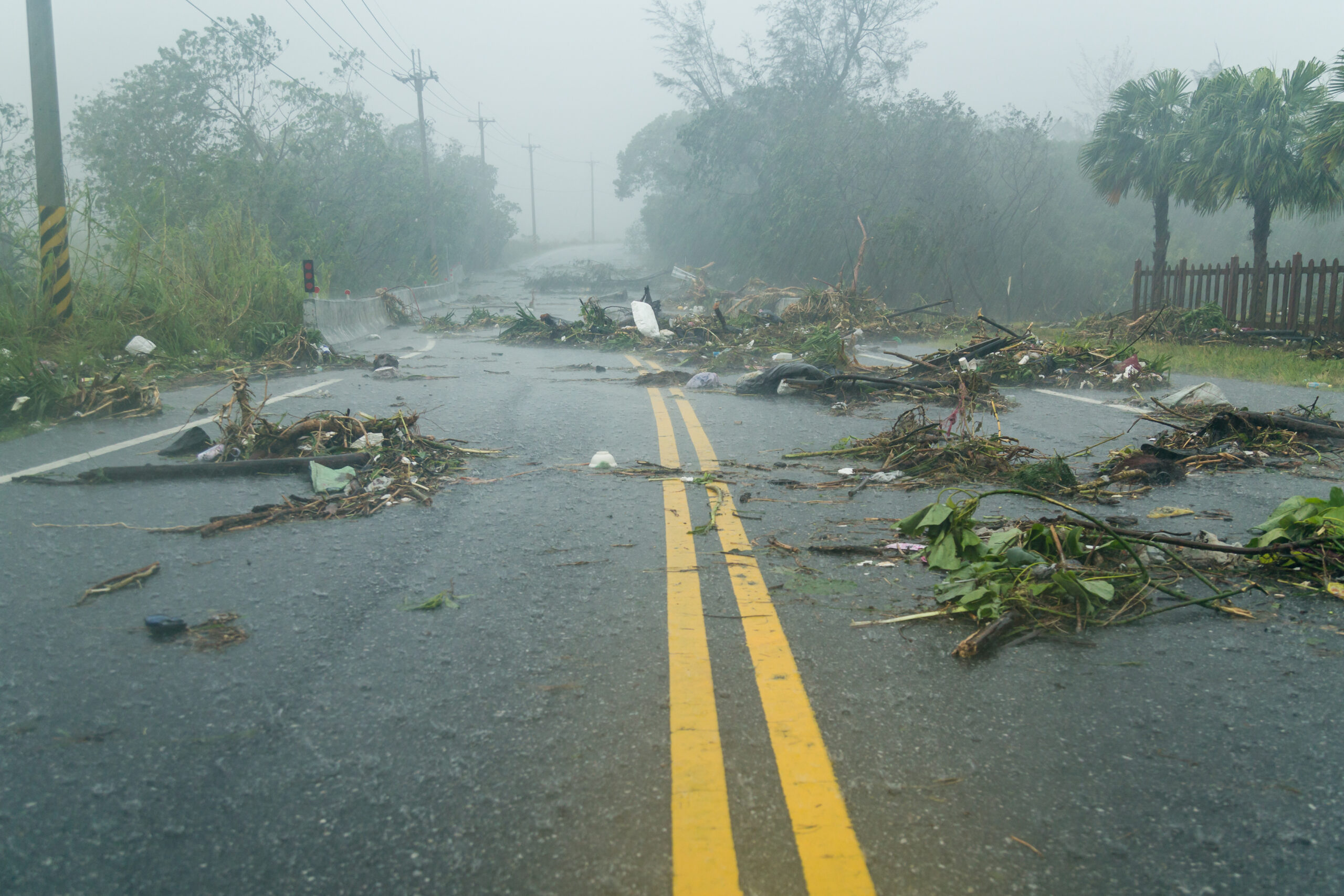As hurricane season approaches, many communities are gearing up for what they consider to be their largest threat, natural disasters. However, a study conducted by YouGov on behalf of Healthcare Ready shows that residents across the United States are becoming increasingly concerned about an exotic disease or common disease outbreak. In its fifth year, the Domestic Preparedness Poll evaluates Americans greatest concerns regarding natural disasters and the preparedness actions they take – and this year provides insight on the impact of COVID-19 on American communities and how they are approaching storm season.
Disasters Remain Greatest Concern
Although natural disasters remain the primary concern for most communities, the data shows over a 10% drop compared to the 2019 poll. While 37% of respondents in 2019 believed natural disasters to be their largest concern, only 25% did in 2020. This change is a direct result of COVID-19. Nineteen percent of 2020’s participants noted that an exotic disease is their greatest concern, compared to just 4% last year. There was also an increase in concern regarding a common disease outbreak rising to 12% this year as opposed to 7% in 2019.
When breaking this data down by region, the Northeast is most concerned about an outbreak (20%) or commonly occurring disease (17%) affecting communities, while the South is most concerned that a natural disaster will affect communities (34%).
Less Aware of Medications and Medical Supplies
Americans are less aware of their medical information in 2020 than they were in 2019. In 2019, 40% of participants said they could list all their medical information, including the type of medication they took, the doctor who prescribed it, and the dose. That number has slightly decreased to 37% in 2020. Respondents also dropped from 20% to 18% when responding that they could list most of their medical information. Finally, 13% could only list some of their medication, which is an increase from 10% in 2019.
Many of these participants can only go a few weeks without access to their prescribed medication before facing a personal medical crisis — 37% can go 1 week or less without medication or medical devices, which is unchanged from 2019.
Strong Need for Emergency Preparation Plans
A staggering 65% of Americans think a major disaster will probably impact them or their family in the next 5 years. This is quite a jump from 54% in 2019. Although 50% of respondents do not have an emergency plan in place, nor do they feel the need to create one. While encouraging, more people are concerned about having an emergency plan than last year (46% vs. 44%), these numbers are still less than half of the population.
Support for Government and Community Organization Preparedness and Response Resources
As concern for disaster rises, many respondents do not feel that federal agencies, state governments, and local governments have enough funding to prepare for and recover from these disasters. Only 32% of people believe that federal government agencies have enough funding to handle a disaster. This number is even lower (29%) for state and local governments, though 34% believe that local community organizations have adequate resources to support the community through a crisis. These trends are consistent with 2019.
Preparedness Behaviors
Preparedness behaviors varied by education and income level. First looking at education, respondents with a high school education were the least likely to keep an emergency bag packed (24%) and keep a copy of their medical records stored in a safe place (35%). Respondents with post-grad education were the most likely to keep cash on-hand in case of an emergency.
Looking at income level, those in the lowest income bracket (making less than $40k per year) were least likely to keep an emergency bag packed (27%), keep a copy of their medical records stored in a safe place (35%), and keep cash on-hand in case of an emergency (42%). Participants in the highest income bracket (more than $80k per year) were most likely to keep an emergency bag packed (34%), keep a copy of their medical records stored in a safe place (41%), and keep cash on-hand in case of an emergency (55%).
These results provide valuable insight into how Americans are, or are not, preparing for potential emergencies. While most Americans are concerned about natural disasters, COVID-19 has caused a shift in focus to the possibility of infectious disease outbreaks. To fully serve the American people, emergency management organizations need to be prepared to address all concerns.






